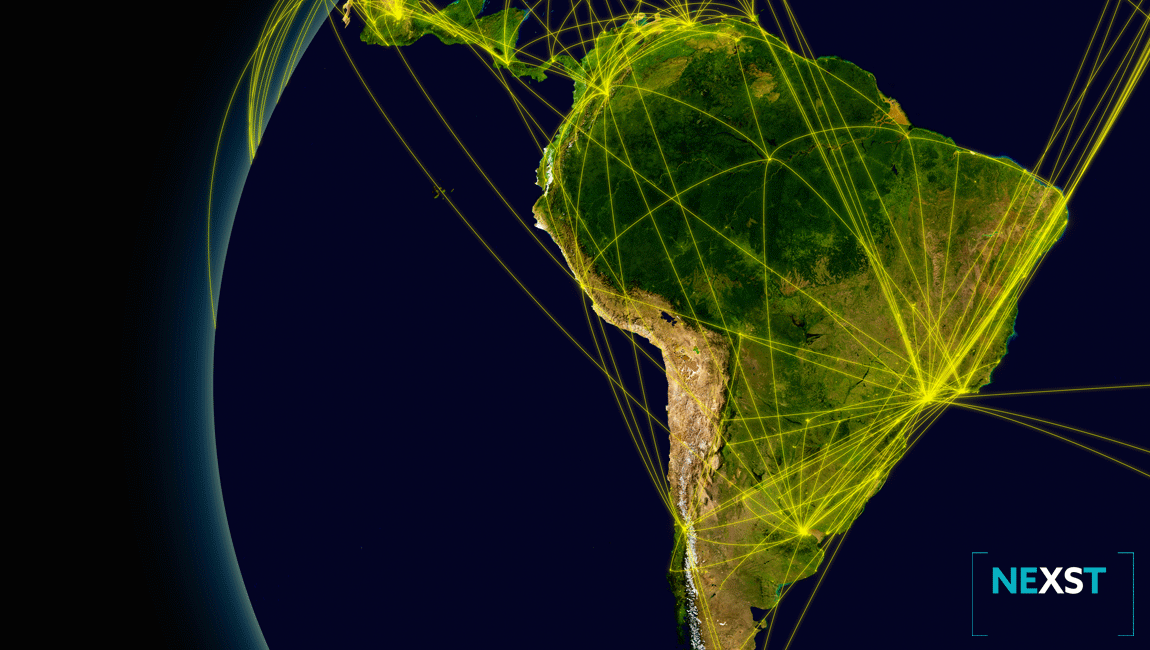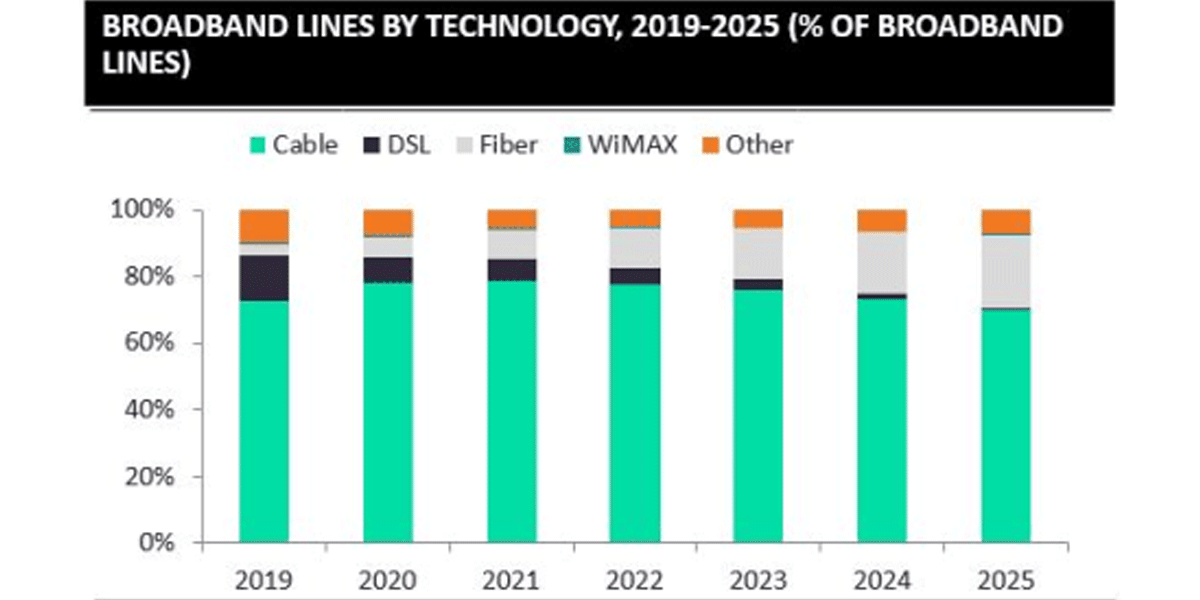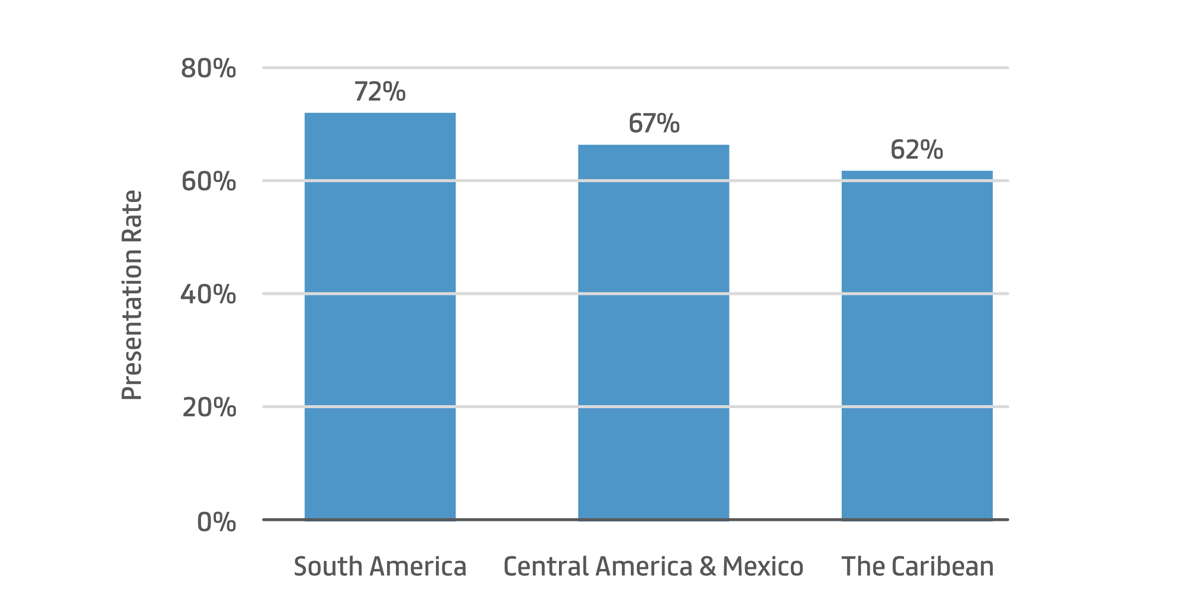State of broadband in Peru: ongoing improvement and inclusivity

In April 2021, fixed broadband offered a 51.81 Mb/s median speed for downloads and 22.15 Mb/s for uploads. Mobile internet median download speed was 24.46 Mb/s, while upload reached 12.67 Mb/s. Peru has an internet penetration rate of 57.4%. In 2021, the country had an estimated 20.18 million internet users. This number is projected to reach 23.89 million by 2025.
In 2021, Peru received 70.3 points out of 100 for overall internet inclusivity. The highest index score was reached on the ‘relevance’ indicator, which refers to the existence and extent of local language content that is considered relevant: 83.5 points.
Research firm GlobalData projects that cable subscriptions will decline through 2025, accounting for an estimated 70.1% share by 2025. The percentage of fibre broadband lines is expected to grow from 6.3% in 2020 to 22.0% by the end of 2025.
The Peruvian Ministerio de Transportes y Comunicaciones (MTC) launched a project in 2021 geared towards narrowing the digital divide and providing internet access to 3.2 million citizens.

The US$13.6 million project has three focus areas:
- Connecting 1,151 public institutions in remote locations across the Loreto, Ucayali, Madre de Dios and Amazonas regions with satellite technology
- Rolling out 6,531 free hotspots across the Huancavelica, Ayacucho, Apurimac, Lambayeque, Cusco, and Lima regions for 2.2 million citizens.
- Setting up some 1,000 Digital Access Centres (Centros de Acceso Digital) to promote ICT literacy.
Looking at the wider region, we see that over seven out of ten South Americans were online as of January 2021. 71% of the population in urban areas can connect, but that’s only 4 in 10 in rural areas.
However, across Latin America and the Caribbean, three in 10 people have no internet, according to a study by the Inter-American Development Bank (IDB). On a positive note, COVID-19 has resulted in government action to bring more digital services a larger number of people across the region and close the digital divide.
According to the World Bank universalizing broadband access in Latin America and the Carribean would cost 0.12% of the region’s annual GDP. Deploying 5G in first and second-tier metropolitan centers would cost 0.17% of the regional GDP.





